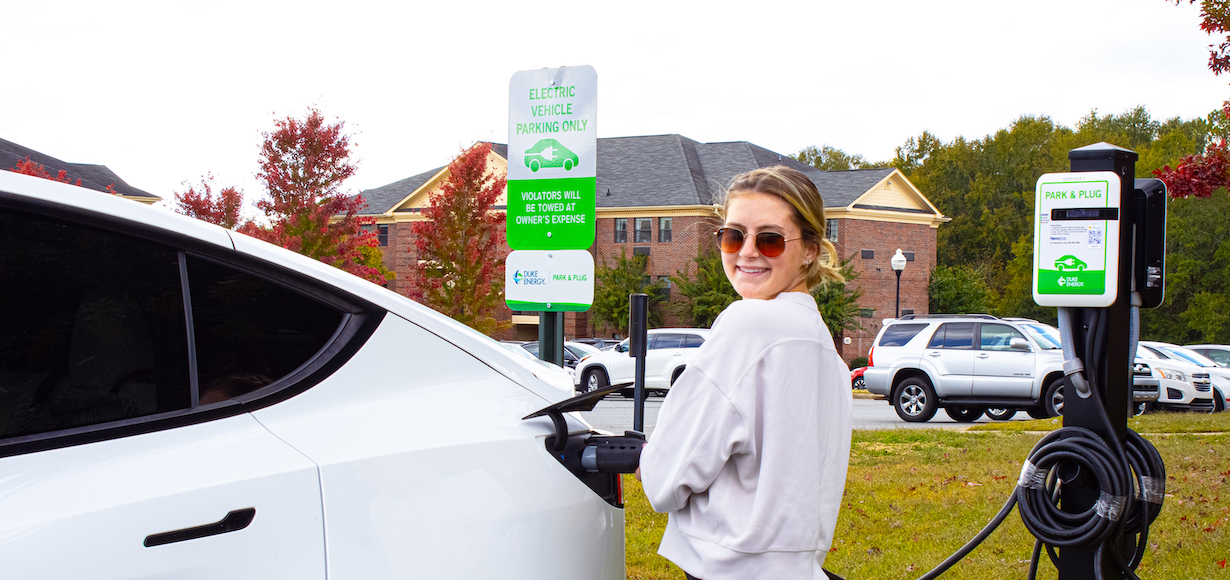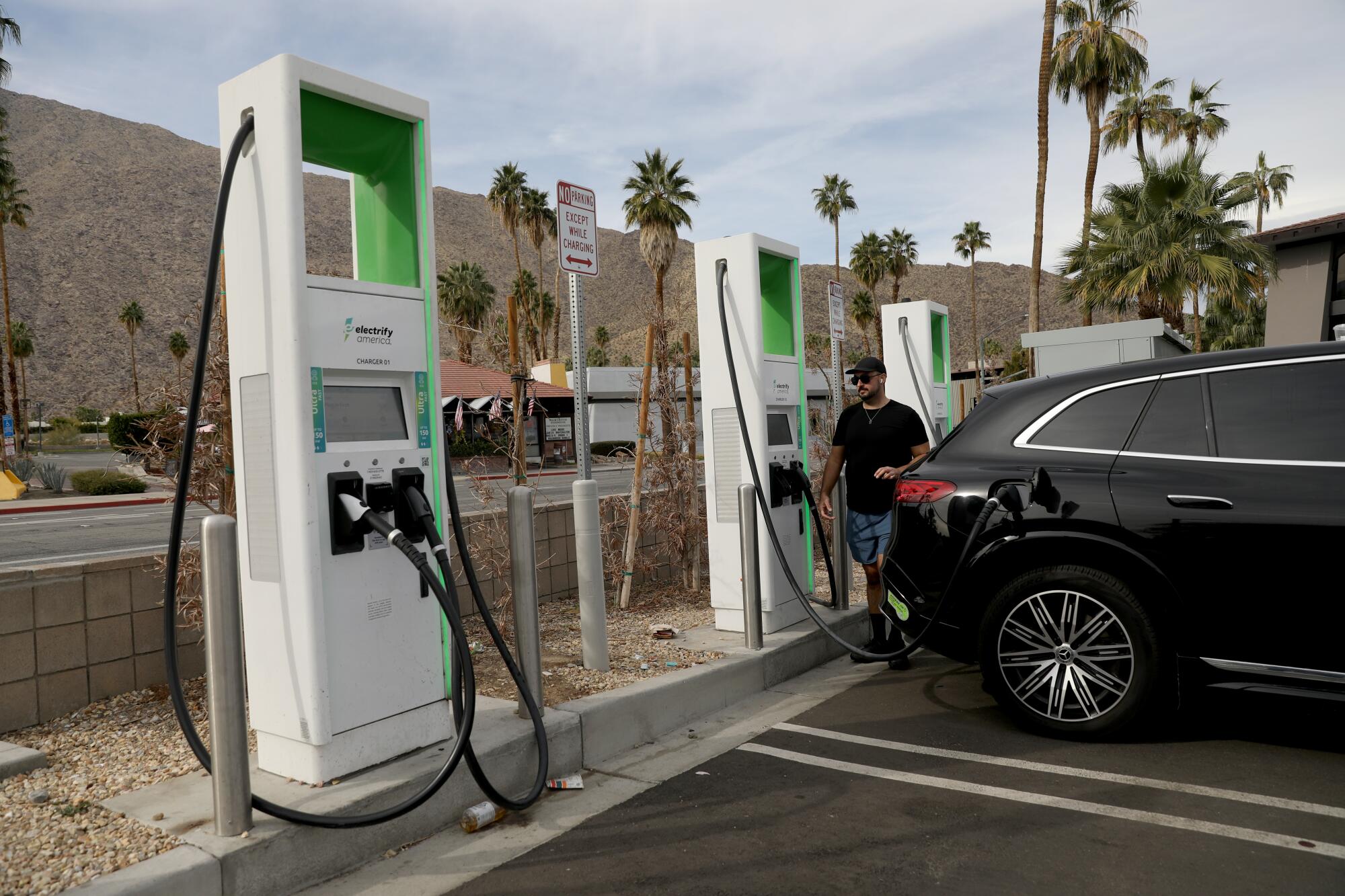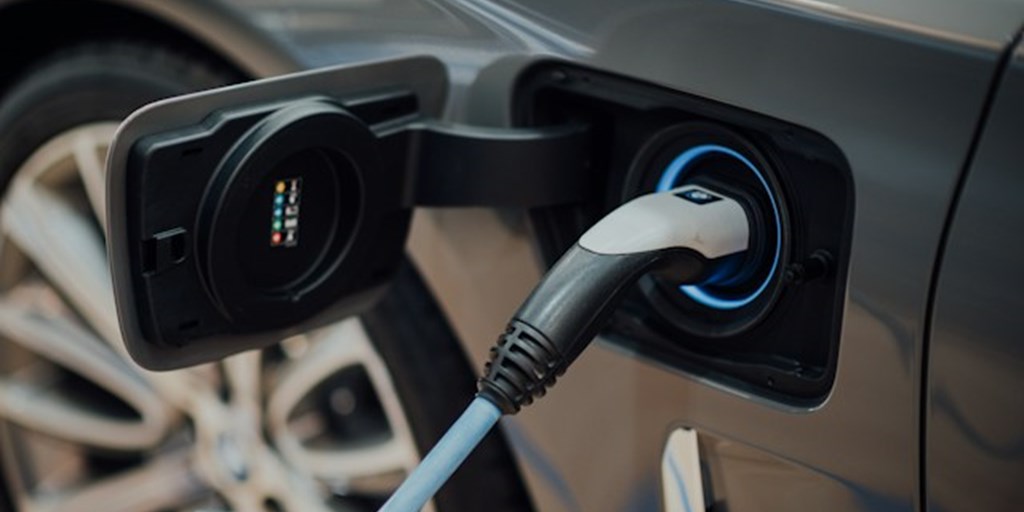What’s Driving the Growth of EV Infrastructure? Buy EV Charging news for Key Updates
What’s Driving the Growth of EV Infrastructure? Buy EV Charging news for Key Updates
Blog Article
New Dope in EV Charging: How the Sector Is Developing to Satisfy Need
As the electrical lorry (EV) market proceeds to expand, the billing infrastructure is undertaking significant changes to address the rising demand. The ramifications of these improvements raise important concerns regarding the future of EV billing and its function in the more comprehensive power environment.
Growth of Charging Facilities
The quick expansion of electrical vehicle (EV) billing framework is a vital part in assisting in the widespread adoption of electric movement. As governments, private business, and customers progressively identify the relevance of decreasing carbon exhausts, financial investments in charging networks have risen. This facilities development is essential to reduce array anxiousness, ensuring that EV users have convenient access to charging stations.
Significant improvements accountable terminal innovation and implementation approaches have actually arised. Urban locations are seeing a proliferation of public charging stations, while country regions are progressively being incorporated into the billing network. Moreover, collaborations in between automotive manufacturers and charging suppliers are ending up being much more common, assisting in the establishment of detailed networks that enhance individual experience and availability.
On top of that, the combination of renewable resource sources into charging terminals is getting energy, promoting sustainability in the EV ecosystem. This change not only sustains ecological goals yet also lines up with the rising need for environment-friendly power solutions amongst consumers.
Ultra-Fast Charging Technologies
Ultra-fast billing innovations stand for a considerable jump forward in the EV billing landscape, allowing electric vehicles to reenergize in a fraction of the time contrasted to standard charging techniques. These developments usually deliver power levels going beyond 150 kW, with some systems getting to up to 350 kW or more, drastically lowering charging times to as low as 15-30 minutes for a considerable charge.
Key making it possible for innovations include innovations in battery chemistry, power electronics, and thermal monitoring systems. For example, high-capacity batteries with enhanced thermal stability permit faster billing without overheating. In addition, growths accountable infrastructure, such as liquid-cooled cables and modular charging stations, assist in efficient power transfer, enhancing the overall user experience
Major automobile producers and technology companies are proactively buying ultra-fast billing networks, identifying the important duty they play in getting over array anxiety and accelerating the adoption of electrical vehicles. As these innovations end up being a lot more widely offered, the EV market is expected to witness considerable growth, making electric movement a much more appealing choice for customers. On the whole, ultra-fast billing modern technologies are crucial fit the future of lasting transportation, paving the way for a much more considerable and effective charging environment.
Smart Grid Assimilation

Via need response methods, clever grid systems can readjust billing routines based upon grid problems and electricity pricing. For circumstances, throughout durations of high demand, charging can be delayed to off-peak hours, resulting in lower expenses for consumers and lowered strain on the grid. Additionally, vehicle-to-grid (V2G) innovations site allow EVs to discharge energy back into the grid, supplying supplementary solutions and enhancing grid security.
Combination with renewable power sources better boosts the sustainability of EV charging. By straightening billing activities with periods of high solar or wind generation, smart grids advertise a greener billing facilities. Ultimately, smart grid assimilation not just supports the expanding need for EVs however also adds to a much more lasting and resilient energy future, placing the market for long-term success.
Battery Developments
Amidst the quick development of electric cars (EVs), battery advancements stand at the forefront, driving innovations in performance, sustainability, and performance. As the demand for EVs rises, researchers and manufacturers are concentrating on boosting battery innovations to address obstacles such as range stress and anxiety and charging times.
Lithium-ion batteries stay one of the most extensively made use of technology, yet new materials and chemistries are emerging to boost power density and long life. Solid-state batteries, for click now instance, assure higher power storage space capability and enhanced safety by changing liquid electrolytes with solid ones. This shift can considerably minimize the danger of fire and boost the life expectancy of batteries.
Furthermore, developments in battery reusing procedures are important for sustainability. Companies are creating approaches to recover important materials like lithium, cobalt, and nickel from utilized batteries, promoting a round economy and decreasing environmental impact.

Worldwide Billing Specifications

Initiatives are underway to develop global charging criteria that facilitate compatibility amongst various EV designs and billing terminals. Organizations such as the International Electrotechnical Payment (IEC) and the Culture of Automotive Engineers (SAE) are working collaboratively with automobile makers and power carriers to create extensive standards. EV Charging news. These standards aim to streamline the charging process, decrease the need for several adapters, and improve customer experience
In addition, standardization can substantially bolster the expansion of the charging network, as it encourages investment by making framework development much more predictable and effective. As the EV market matures, a unified approach to charging criteria will be essential for ensuring that customers can bill their lorries comfortably and accurately, thereby sustaining the wider change to lasting transport.
Final Thought
The electric automobile charging industry is undertaking substantial transformation to deal with the surging need for lasting transportation. Advancements accountable framework, ultra-fast innovations, wise grid assimilation, and cutting-edge battery options are critical in enhancing customer experience and operational efficiency. Additionally, the search of global charging requirements is vital for guaranteeing interoperability throughout different areas and systems. Jointly, these advancements position the sector to support a broader fostering of electric automobiles, ultimately adding to a more lasting future.
Urban locations are seeing a proliferation of public charging terminals, while country areas are gradually being integrated right into the billing network. In addition, developments in charging framework, such as liquid-cooled wires and modular charging stations, assist in efficient power transfer, improving the overall user experience.
Overall, ultra-fast billing technologies are essential in forming the future of lasting transport, paving the means for a more reliable and substantial charging environment. - EV Charging news
By lining up billing tasks with periods of high solar or wind generation, smart grids promote a greener billing framework.Efforts are underway to develop international charging criteria that facilitate compatibility among numerous EV versions and billing terminals.
Report this page